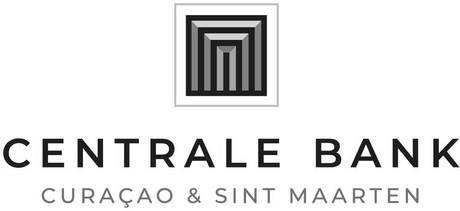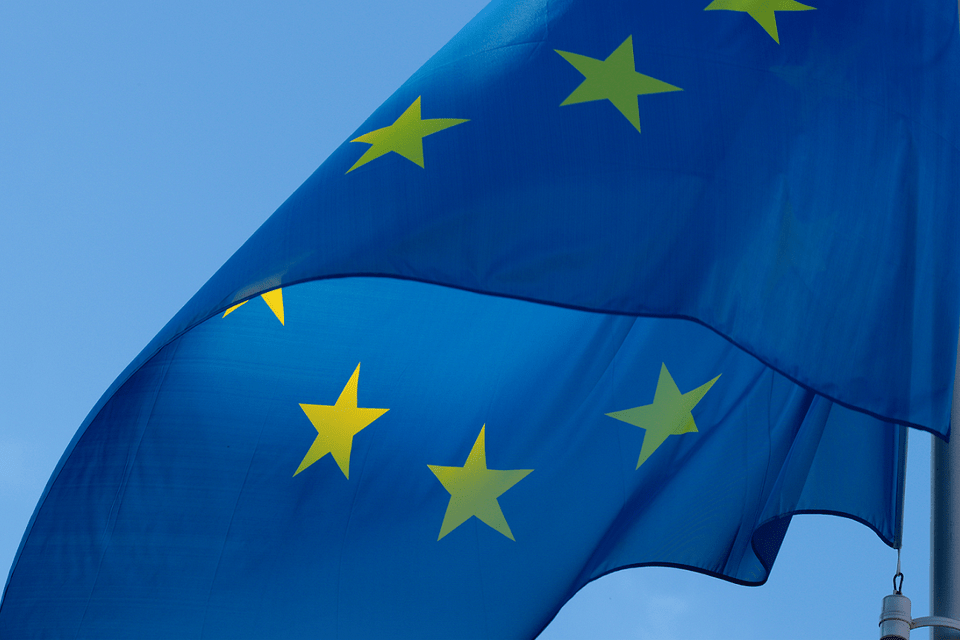Instant Payments
What are instant payments?
Around the world, consumers and businesses are demanding faster and easier payment services. They want to pay and be paid in real time. This is leading to a rapid rise in the use of instant payments to transfer funds, pay suppliers and buy products and services. Instant payment capabilities will soon be critical for merchants and banks of all sizes. Instant payments will be the new normal.

Instant gratification.
Whether used for person-to-person (P2P) and business-to-business (B2B) transfers, online transactions or at the point-of-sale, global instant payment volumes are surging. Growth in 2020 reached 41%[1]. While most usage is driven by P2P transfers, instant payments are also becoming widespread in e-commerce. In major markets such as India and Brazil, instant payments are already providing strong competition to card schemes. Momentum is building worldwide: at least 56 countries now have active real-time payment rails, according to McKinsey[2]. The launch of the Federal Reserve’s FedNow Service in 2023 will accelerate global take-up and stimulate the development of new use cases[3]. According to CapGemini, instant payments will account for more than 25% of global non-cash transactions in 2025, up from 14.5% in 2020[4].
The need for speed.
What’s so special about instant payments? Across a wide range of use cases, instant payments are faster and more convenient than paying by cards or cash. They allow consumers and businesses to transfer and receive funds in a matter of seconds. For friends splitting restaurant bills, homeowners paying plumbers for repairs, or businesses who want their invoices paid immediately, instant payments are efficient, fast and simple to manage for the users. In Europe, SEPA Credit Transfer instant payment (SCT Inst) enables pan-European credit transfers in less than ten seconds. The same applies for the new Swiss Instant Payment scheme as of 2024.
Trust and efficiency will be key.
These are still early days for instant payments. Not all banks support the service and some schemes are domestic only. To accelerate adoption in Europe, the European Commission has announced its legislative proposal for mandatory instant payments, which will help increase consumer trust in the technology and keep pricing low for merchants[5]. This will expand the user base and lead more merchants to start accepting instant payments.
For banks, the transition from batch processing to real-time processing will require significant investments in processing, clearing & settlement, liquidity management and other areas.
Solutions & who we serve
Worldline is pioneering instant payments across the eurozone and beyond. From payment initiation and channel solutions that directly benefit the end customer to payment & liquidity management, payment back-office processing and clearing & settlement, Worldline has the unique capability to cover the whole value chain for instant payments or in combination for example with open banking. We are making instant payments a reality.
These Financial Institutions already make use of Worldline Instant Payments:
Further resources
References
Find out more
Get in touch with our specialist to learn more about our Instant Payments solutions.

-

-
Transform your Card Payments platform with Worldline software | Brochure
Learn more -

How Kamera Express reinvents itself and grows internationally
-
Fintech interview: Can data drive sustainability?
-

-
Worldline, Antenor and Selfly Store team up to bring advanced, innovative grab-and-go machines with seamless contactless payments
Learn more -
Can you imagine a world without cash?






















